Sommelier Liquidity AMA with Tom C and Max W from Charm
In our continuing series on projects that help liquidity providers in the Uniswap v3 world manage more complex market making strategies, Tom C and Max W, cofounders of Charm backed by Charm Finance, join Sommelier cofounder, Zaki Manian, to discuss their company and products.

Charm Finance: On a Mission to Bring Innovation to the DeFi Ecosystem
In our continuing series on projects that help liquidity providers in the Uniswap v3 world manage more complex market making strategies, Tom C and Max W, cofounders of Charm backed by Charm Finance, join Sommelier cofounder, Zaki Manian, to discuss their company and products.
Max explains that Charm is an ecosystem of multiple products. He says: “At the moment we have three products which are live on mainnet: First is decentralized options, which we launched a few months ago. The second is leveraged tokens. Third and newest are Uniswap v3 vaults.
“When we heard the Uniswap v3 announcements, we immediately realized that there will be this new industry for intermediate protocols in between Uniswap v3 and the user because for LPs on Uniswap it’s not very easy to manage your liquidity -- watch your price and make sure it doesn’t move outside your range and so on. So, we saw the opportunity to build vaults which manage the uses and, furthermore, by using a smarter strategy to do this then you can actually do this all better. Since then we’ve been looking into how to build for this. And when Uniswap launched about a month ago we were actually primed to launch.Two days after Uniswap v3 launched, our Alpha Vaults went live and it’s been running for about a month now. It’s been doing well so far. And now we’re working on how to improve it and to expand to more markets and stuff.”
Tom observes: “Liquidity provider boats in the context of DeFi as a whole are extremely important because they can democratize investing by allowing anyone to take part, whether you’re a whale or a smaller retail investor, and also it reduces trading costs for traders so it’s fantastic news for everyone. We’re really excited about making this great contribution to DeFi.”
How a vault works for a retail user
The main thing a vault offers is automation. Max explains how it works:
“If you were a liquidity provider [LP] directly in Uniswap v3, then the steps you need to do: When you see the price move a lot and when it looks like it might go outside your range, you would want to withdraw your liquidity from Uniswap and collect fees; then you would want to want to swap one token for another so that you’re back to 50-50; then you’d want to come up with a new range and add it in. You’d have to keep monitoring the markets and keep doing this maybe once a day or every few days. For most LPs then the gas costs of doing this would eat into their funds. So, the most basic thing that Alpha Vaults does is it also makes all this easy so you don't have to worry about watching the market. And, also by putting everyone’s funds together it reduces the gas costs.”
Tom notes: “You also don’t have to worry about picking ranges. So no messy interface. It’s extremely simple, minimalistic. The laziest LP can go in and start to earn passive income immediately. You go in, make a few clicks, you are done.”
What is a keeper and how does it work?
Max explains: “In order to change the state of anything on Ethereum there has to be an account doing the transaction. So, there isn’t really a way to, say, run this function every hour or so. There always has to be someone who triggers this transaction. And, because we want the rebalance methods to be called periodically that’s why we need a keeper, which is just an account which runs the transaction every 12 hours. The 12 hours thing was just chosen by back testing. I think it can be improved a lot. So, I’ve been doing analysis and back tests to find a better number. And, actually, there’s a better way of doing this. Instead of rebalancing every 12 hours, a better way would be to when the price has moved by x percent. So, that’s one thing we’re looking into.”
He observes: “We haven’t looked into volatility as a metric for rebalancing. The theory is if you rebalance when the price has moved by x% then it will be roughly independent of how volatile the market is at that time, because you can stretch or compress time. So, even if the market is moving quickly all the decisions are made based on how much the price moves. And, another thing is at the moment we want to keep everything very simple, just to make sure nothing is missed. I think in the future we’ll look at things like velocity and other ways to optimize.”
How Charm Finance and Sommelier projects differ
The goal of Sommelier is to extend the Keeper concept and hybridize the Keeper concept, or the Cosmos validator set concept. Responding to the explanation that Max gave of why Keepers are so essential to many DeFi constructs inside Ethereum, Zaki says:
“You have this interesting tradeoff space that I see, which is: You can have a Keeper that has a lot of power and authority and has to do a lot of decision making. You can have a situation where the keeper is essentially just pulling a trigger and not making any sort of decision, but then you have to bring all of your computations on-chain, or you can have what Sommelier is working on, which is the ability to have these computations in a Cosmos chain. So, that you do get these BFT guarantees around the Keeper, you get sort of stronger guarantees of liveness, but it does require this somewhat more complex system of the Gravity bridge and all of these things working together. And so, I think the tradeoff space of DeFi is all of these things: It’s where the automation lives and what trust is placed in what parties is the tradeoff space we’re all working to explore. It’s fantastic that Charm has been able to get a love system in the market faster than we have with our validator set system. Which is cool. I’m not trying to say one is better than the other, I’m just simply pointing out the differences.”
Computation execution via Keepers
There are different levels of decentralization, Max notes: “At the moment our Keeper only sends a transaction and the computation of the range orders is already done on-chain. On the spectrum of decentralization we’re maybe somewhere near the middle. I think other projects are thinking about having the Keeper calculate the ranges off-chain and then send them on both ends of the thrash sheets, but for us we wanted the thrash sheets to be completely on chain. And, I think the benefit of this is that later on we can really afford to be more decentralized. For example, for the keeper, it could be done using the keeper network so that anyone can be a keeper. For example, when we upgrade the thrash sheets that can be done through a time lock so that users can have enough time to process the change and withdraw their funds if they want. At the moment we’re trying to be very practical, but build stuff in a way where there’s a more clear step toward being decentralized.”
Tom explains: “Our focus as of right now is to build something that works using very simple strategies and to prove this strategy. In fact this whole new sector that we have pioneered, range order strategies, can actually be profitable and it can be a full-range LP strategy, so i.e., deposit funds across the full range of prices in Uniswap v3.
“And so far the results are looking pretty good so we were able to beat a full-range Uniswap v3 style strategy. This is just using a simple choice of ranges and placement of base orders and limit orders. New data always comes in and we do analysis on this data and are constantly testing out new ideas. So, even though the strategy works right now there’s still lots of scope for improvement.”
Right now, Charm has two active vaults, Tom notes: “The ETH USDC vault sold out in a few hours; the ETH USTC vault sold out within 10 minutes. We were overwhelmed with the demand, so thanks to everyone who tried us out. For me it’s a loss for words.”
Behind the scenes at Charm today
At the moment, Charm is working on several main things, Max says:
“One is we’re getting an audit done. This is an important step before adding more vaults or increasing the deposit cap. After this is done we’ll consider deploying vaults for the biggest pools on Uniswap 3 and having higher caps. The other thing is I’ve been trying to back test different strategies and find ways to improve it, so depending on the results of this that could decide which pools we deploy also.”
And, beyond alpha vaults, the Charm.fi ecosystem features options and tokens.
Tom explains: “We have three products currently that have been launched by charm. The main aim for all of them is to help DeFi users seek higher returns in different ways. So, if someone wants precise difference then Charm options is best; if you want to go for leverage then Q tokens is best; and for passive returns is Alpha Vaults. The common strand that ties all of these products together is that we want every product not just to be a version of something else. We want to innovate and make new contributions to the DeFi ecosystem. That’s why we challenged ourselves to first understand DeFi and then think about ways to push the envelope. That’s why all of our three products are designed from scratch. So far, all of them have had pretty good traction so we’re pretty excited by the results.”
How to create financial products with confidence? Understand finance!
Before DeFi, Max was working as a quant trader. The experience, he says, helps him a lot when thinking about strategies for Uniswap v3. He says:
“For options and leveraged tokens, I actually knew very little about them. I hardly ever traded ETH with them. I knew just the definition of what’s an option and what’s a leveraged token but I really didn’t know about option strategies like the Greeks and so on. That was something I had to learn. The way I approached it was just trying to build something that replicated the payoff of an option. My background has been more useful working on articles because Uniswap v3 is surprisingly similar to Order Books and these strategies which look at the microstructure of a market. With many of them there’s kind of a mapping to Uniswap v3 strategies. So the same kind of ideas can work in both.”
Tom’s background is in asset management. He says:
“I’ve been using options-type strategies to manage a lot of my portfolios. So, that’s why when Max came to me with the options ideas and showed me the mathematical simplicity of it I said ‘yes’ to him immediately when he asked me to come and join him in building Charm. I studied medicine at university. I guess the idea to genuinely help people is very important to me. Right now, Charm is not just a protocol, it is a new ecosystem that represents innovation and education.”
Insights for LPs on options, leveraged tokens, and seller vaults
Zaki zeros in on two things that are important insights for liquidity providers. He says:
“Options typically represent one of the best ways of managing the inventory register permanent loss problem. They’re basically the description of the same problem, which is either way, the vault runs into the challenge of holding the position that’s underperforming, that is the inherent feature for these AMM strategies. And, for the end user to be as profitable as possible you want to be able to make bets on either side of the movement so that you can compensate for the market movements. You’ve seen this in Sushi Swap as they have launched more and more option products that are integrated into the AMM. You guys are doing great work on Charm finance, and I think Sommelier is incredibly relevant to liquidity providers to figure out a way of having payoffs that they can customize to their preferred outcomes and how much risk that they want to take.”
Life goes on in a multi-chain DeFi world
Tom thinks it’s just too early to tell what the traction for Charm would be like on the other chains. He says: “If we saw significant traction on a particular chain, we would gravitate toward that solution. Right now the biggest traction we see is on Ethereum mainnet so that will most likely be our priority in the short term.”
Max agrees and adds: “The aim of our vaults is just to make a profit for the people who make deposits into it, so whatever chain they’re on we’ll definitely look at first fact-testing how to do that and if it makes sense to do that.”
So, is concentrated liquidity where the future of AMM is going?
Max says: ”I don’t know if it’s the ultimate solution that everyone will be using in five years. From what I know so far it’s definitely a step forward from Uniswap v2. It combines the best of v2 and Order Books just the way it lets LPs add liquidity with less tokens and capital efficiency is huge. Also the way v3 can take any distribution and lock it. It’s way better than v2, but I don’t know if it is the best possible solution.”
Tom adds: “It’s a solid innovation in that it introduces a new way of doing things but as with all things there are tradeoffs. With concentrated liquidity you get higher fees but also high impermanent losses. The user experience is not very friendly for normal LPs because you have to constantly readjust your ranges. I think whether or not concentrated liquidity will be in the future very much depends on the ecosystem. How much other protocols can innovate to find the best tradeoff that will work for DeFi users.”
Next steps?
At the moment, Charm’s audit is top priority. Once complete, Tom says the team will launch Alpha votes with higher caps to allow more people to experience them.
He says: “We know how important the tokens are for our community, so we want our community to have a governance stake in Charm as soon as humanly possible. We want this to be a new kind of decentralized community that prides itself on innovation and also on educating its users. The earliest we can get the community involved the better. The bottom line is it really will be soon after our audit.”
For now on Sommelier, Zaki notes: “Current ranges on Uniswap v3 pairs on Sommelier Pairings are automated real-time technical analysis. We’re looking at 21 days of prices as a mechanism to place liquidity and we have new features to allow people to adjust those recommendations coming soon.”.
More articles

Is Speculation Killing Crypto’s Future?

Sommelier's Path Forward: Embracing Revenue Over Narrative

Sommelier January Update

Sommelier Upgrades Cellar Architecture to Enable the Most Powerful DeFi Strategies in the Market

Real Yield USD is Coming to Maximize Stablecoin Yield

Retrospective on 2022 and the Journey Ahead

FAQ - Patache Digital’s Steady Strategies

Patache Digital: Risk Management Discussion

Strategy Deep Dive: Patache Digital
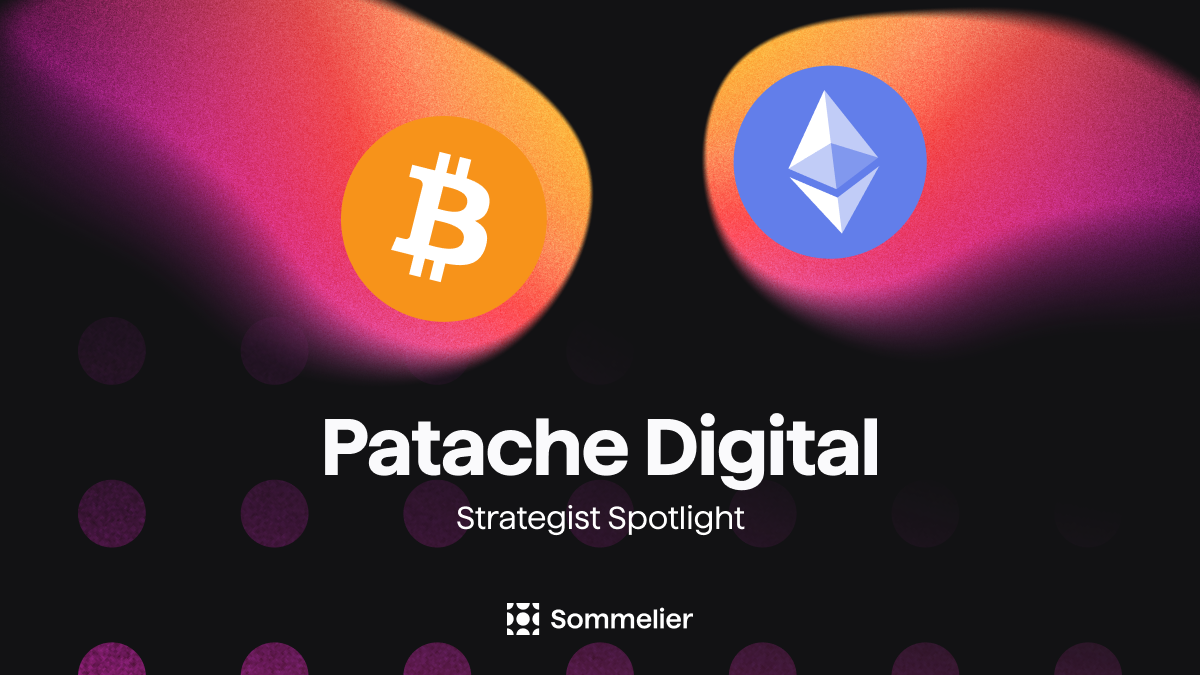
Strategy Provider Spotlight: Patache Digital
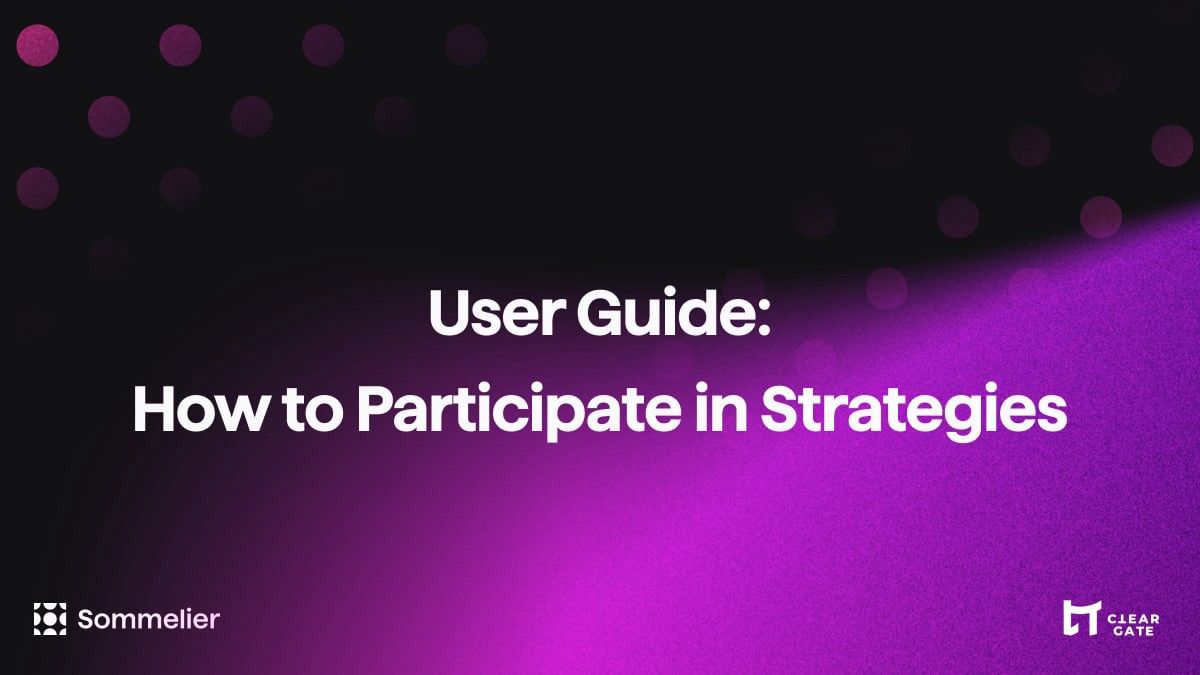
User Guide: How to Participate in Strategies on Sommelier

Sommelier Ambassador Program

Strategy Tokens: What Are They and How Do They Work?

6 Core Principles of Sommelier

10/10/22 - Deep Dive on Cleargate Backtesting

Strategy Provider Spotlight: Seven Seas

Deep Dive on Trend and Momentum Strategies

Strategy Provider Spotlight: ClearGate

Supporting Strategy Providers on Sommelier

Sommelier Protocol Team Weekly Update #11
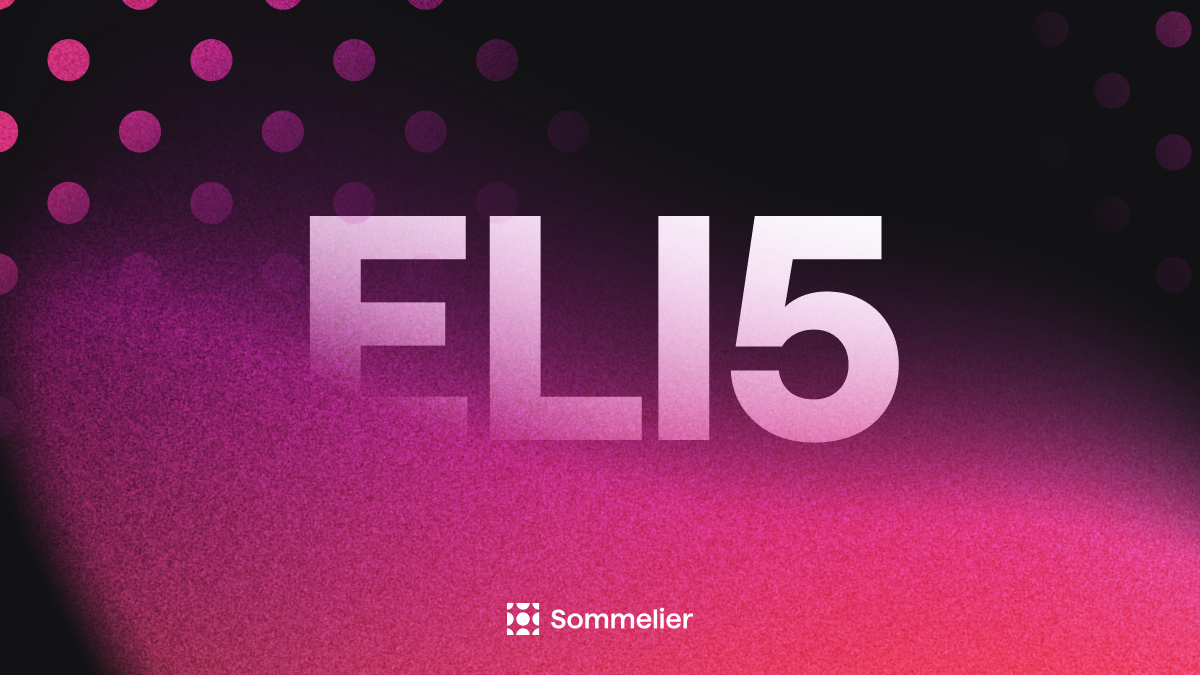
ELI-5 Explanation of the Data Science behind Sommelier’s First Aave Cellar

Sommelier Protocol Team Weekly Update #10

The Data Science Behind Sommelier’s First Aave Cellar

Sommelier Protocol Design Documents

Sommelier Protocol Team Weekly Update #9

Sommelier Protocol Team Weekly Update #8

Sommelier Protocol Team Weekly Update #7

Twitter Spaces With Sommelier: How to Launch a Cellar on Sommelier

Twitter Spaces With Sommelier: Protocol Upgrade and Community Update

Sommelier Protocol Team Weekly Update #4

Sommelier Protocol Team Weekly Update #6

Twitter Spaces With Sommelier: SOMM Airdrop Proposal Data Analysis

Twitter Spaces With Sommelier: Community Update on the First Cellars to Launch

Twitter Spaces With Sommelier: Exploring NFT Cellars

Sommelier Protocol Team Weekly Update #1

Sommelier Protocol Team Weekly Update #2
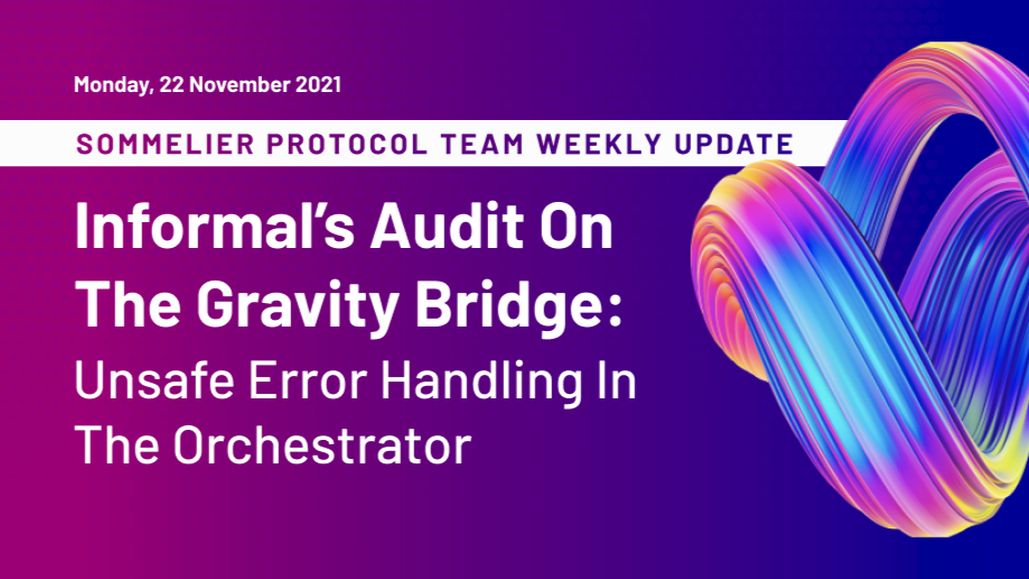
Sommelier Protocol Team Weekly Update #3
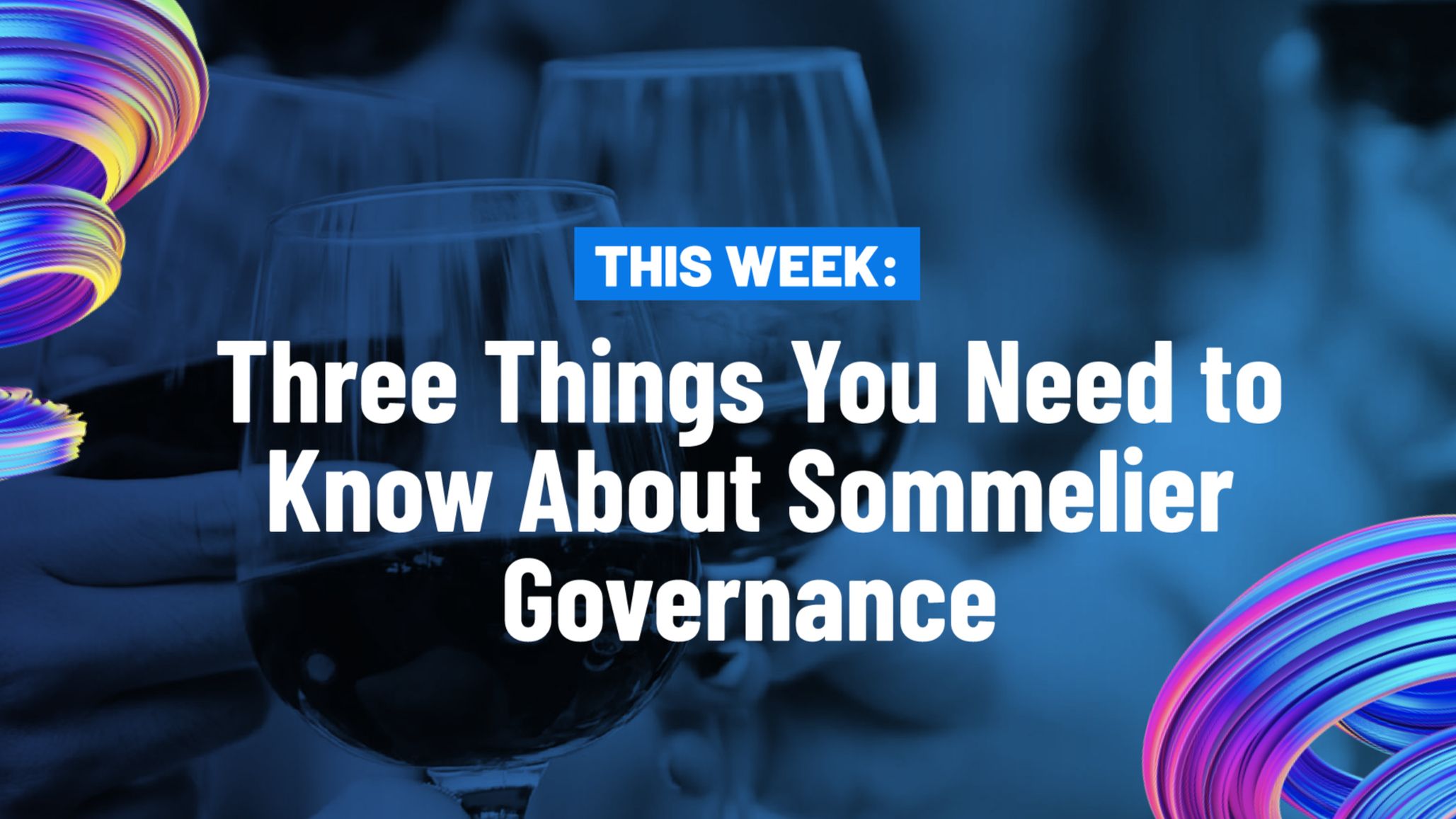
Three Things You Need to Know About Sommelier Governance This Week
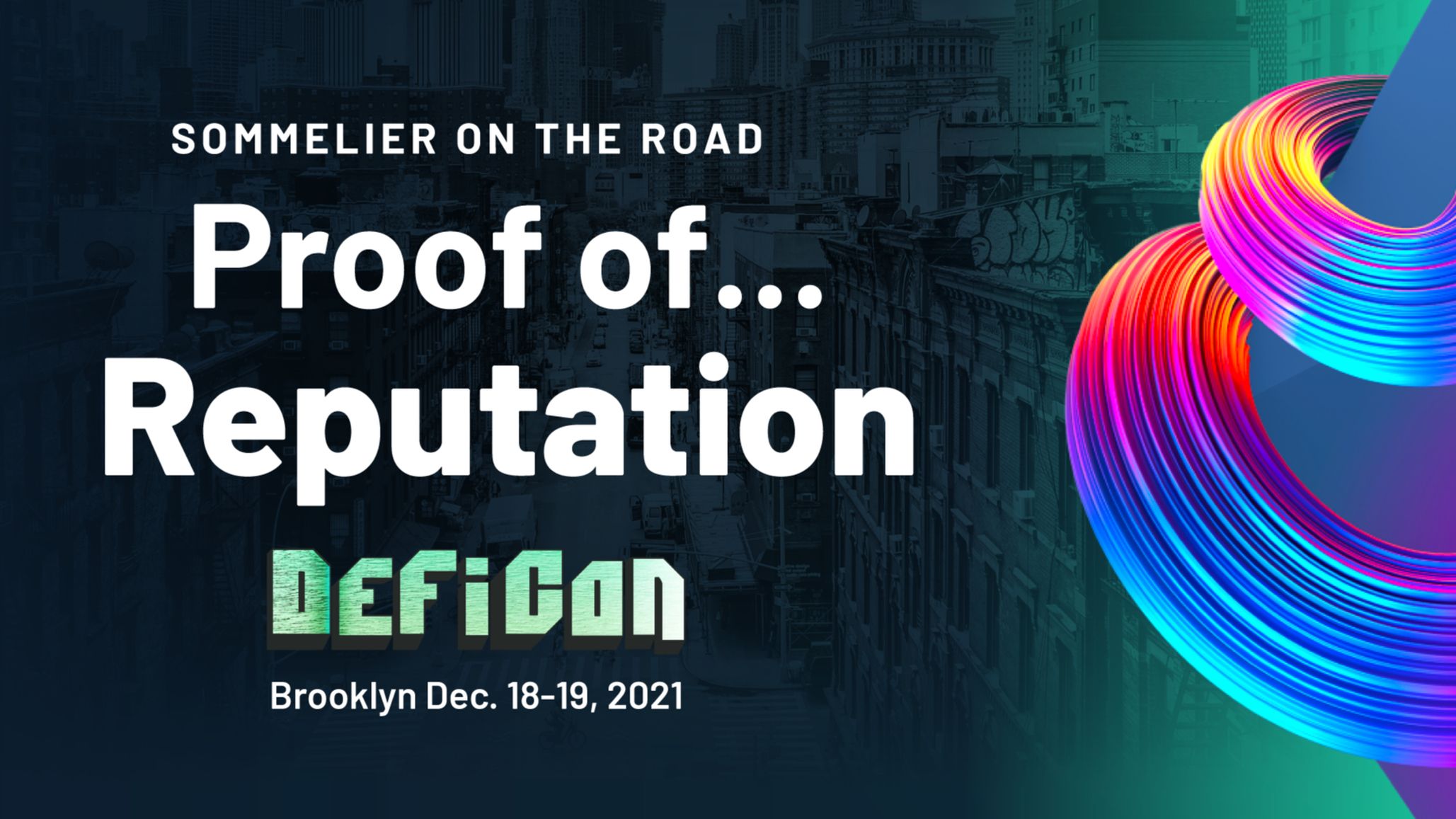
Sommelier On the Road: PROOF OF…REPUTATION
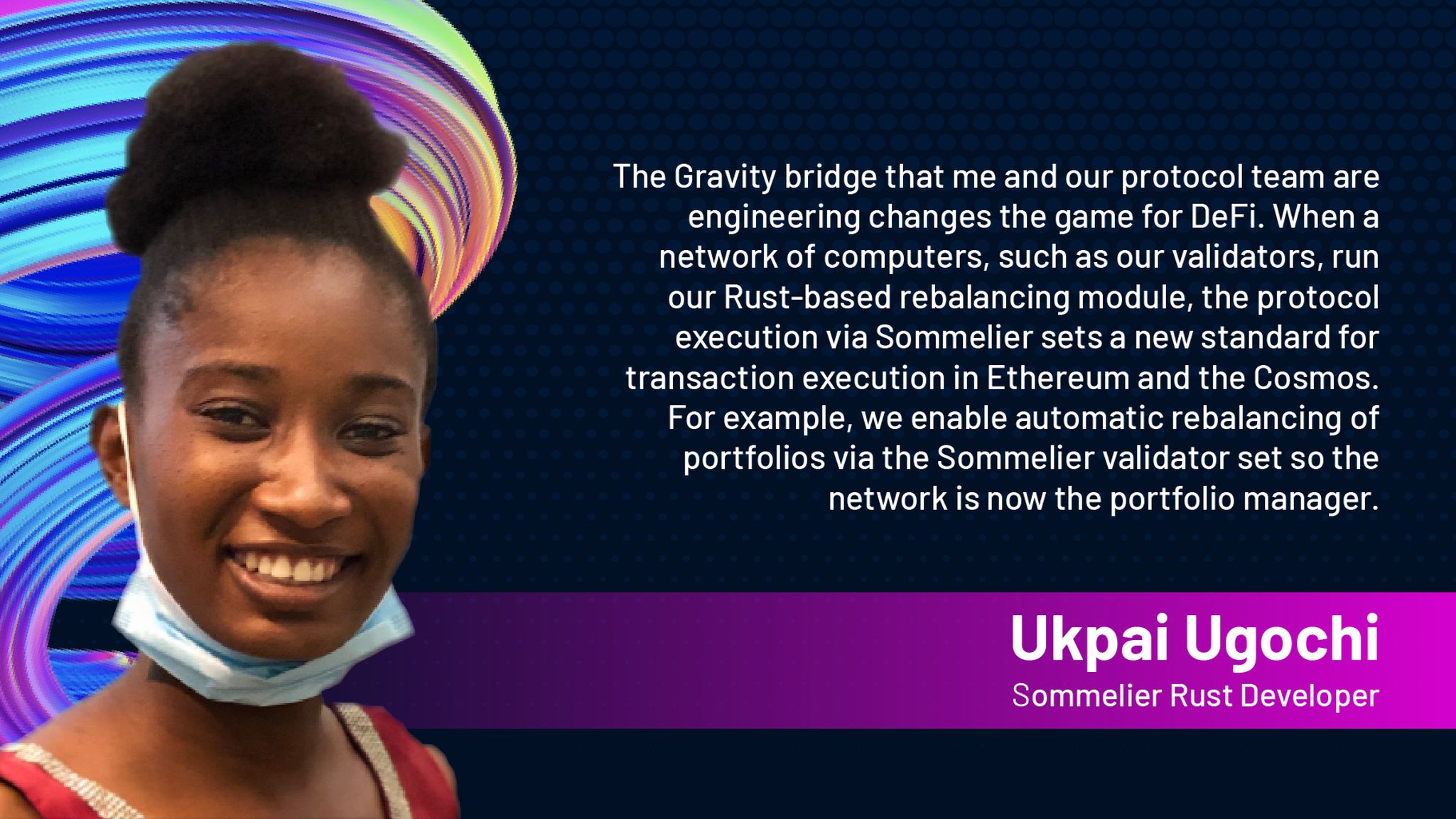
Introducing Ukpai Ugochi - Working on The Sommelier Cellars Rebalancer

Sommelier Announces 23MM Series A Mainnet Round to launch Automated DeFi via the Cosmos

Twitter Spaces With Sommelier: Mainnet Launch & Gravity Bridge

Twitter Spaces With Sommelier: Introducing SOMM Tokenomics

Twitter Spaces With Sommelier: Mysten Labs AMA With Evan Cheng

Introducing SIPS and Sommelier’s Governance Structure

Twitter Spaces With Sommelier: End of Year AMA 2021

Twitter Spaces With Sommelier: Intro to SIPS & Lisbon Blockchain Week

Twitter Spaces With the Sommeliers: Mainnet Update and Governance Launch

Sommelier Partners With Mysten Labs to Make Sommelier and All Cosmos Blockchains the Fastest Protocols on the Planet

Twitter Spaces With the Sommeliers: Sushi AMA With Joseph Delong
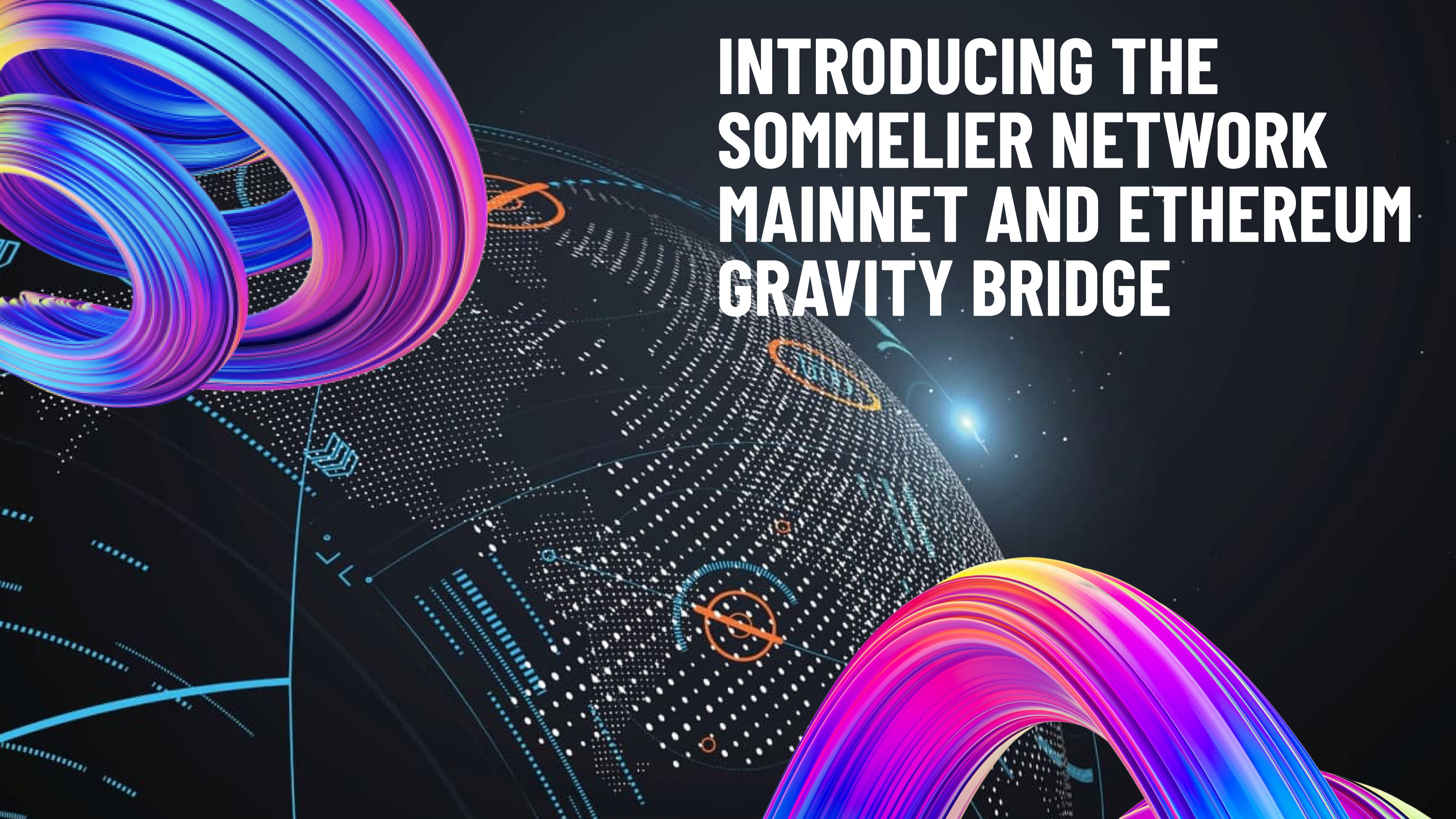
Introducing the Sommelier Network Mainnet and Ethereum Gravity Bridge
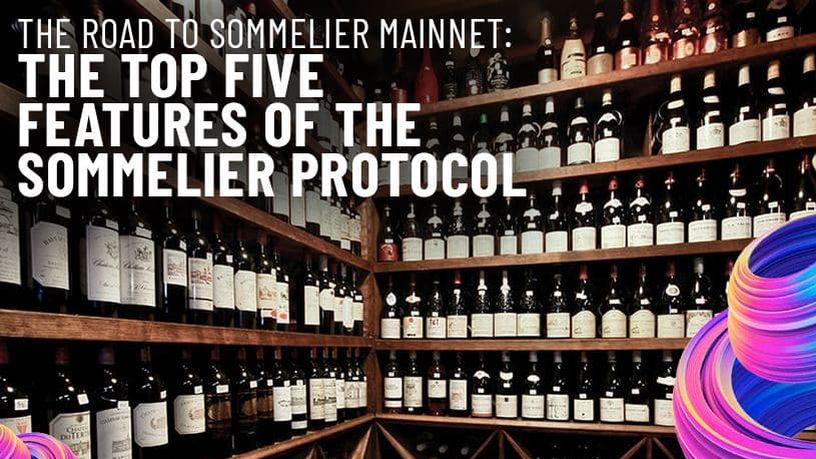
The Top Five Features of the Sommelier Protocol

Call for Validators: The Two Step Process for 2021

Two New Features Launched to Test Liquidity Management on Uniswap v3
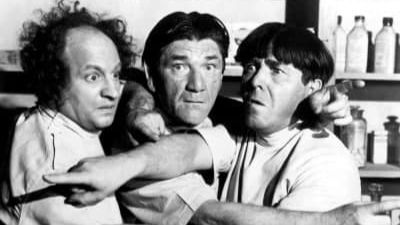
Uniswap v3 Remove Smart Contract Incident Post Mortem for Sommelier
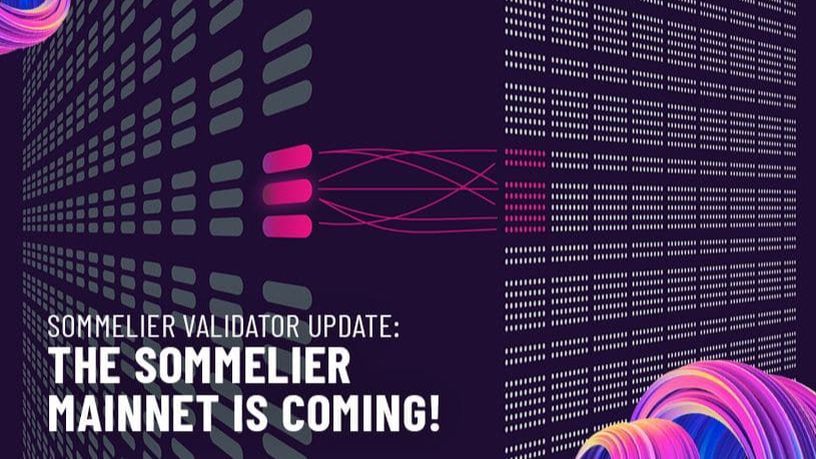
Call for Validators: Road to Sommelier Mainnet

Sommelier Liquidity AMA With Yenwen and Nick From Perpetual Protocol

Sommelier Liquidity AMA With Tascha Pan From Alpha Finance
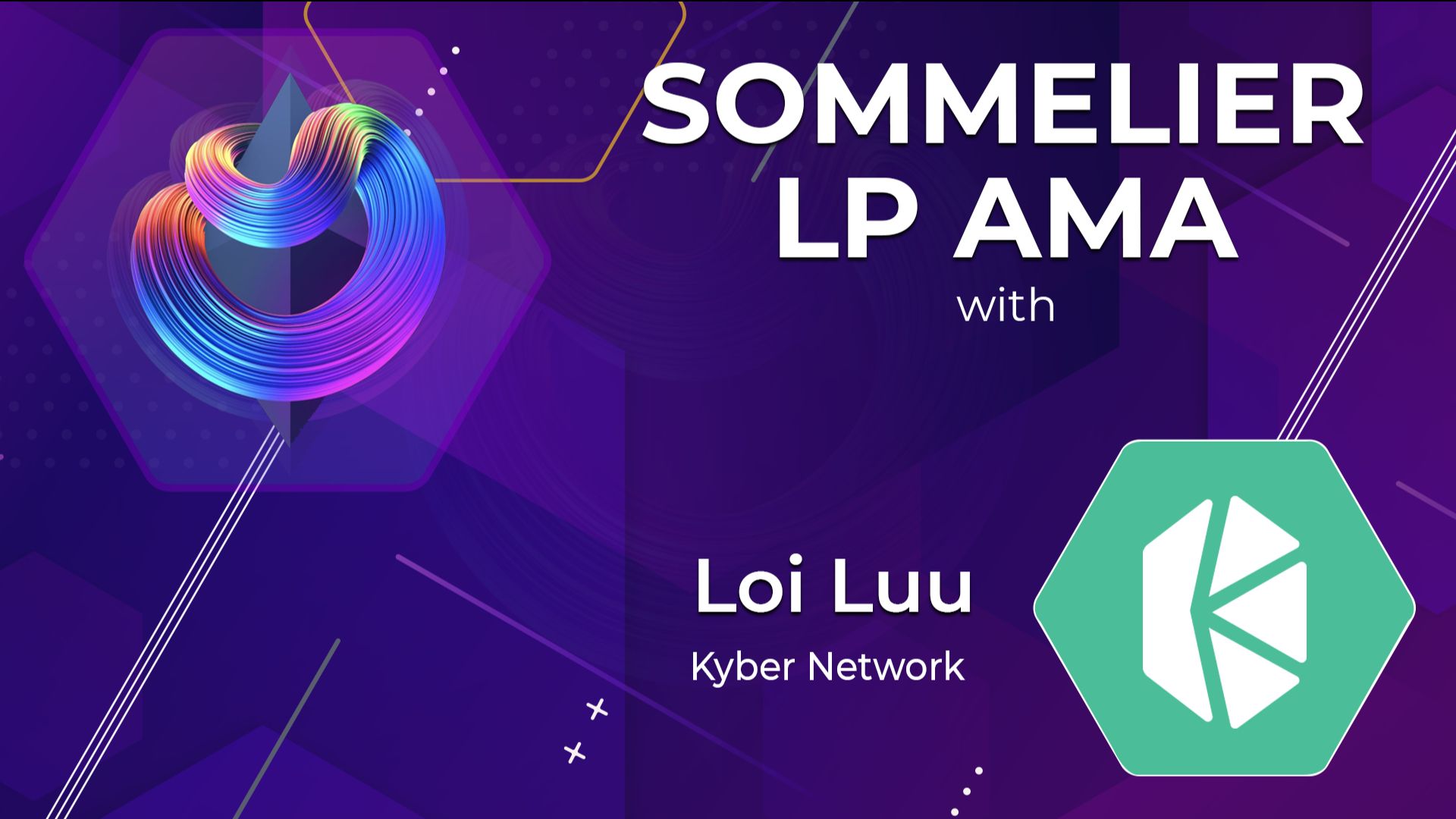
Sommelier Liquidity AMA With Loi Luu From Kyber Network

Sommelier Liquidity AMA With Alex From Peanut

Sommelier Liquidity AMA With JP From THORChain

Sommelier Liquidity AMA With Alan Chiu From OMGX Network
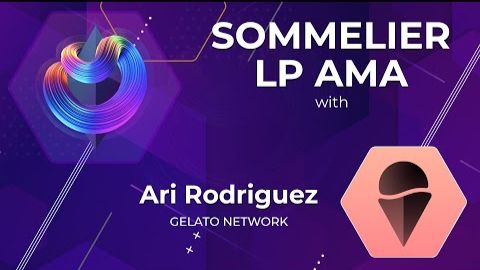
Sommelier Liquidity AMA With Ari From Gelato Network
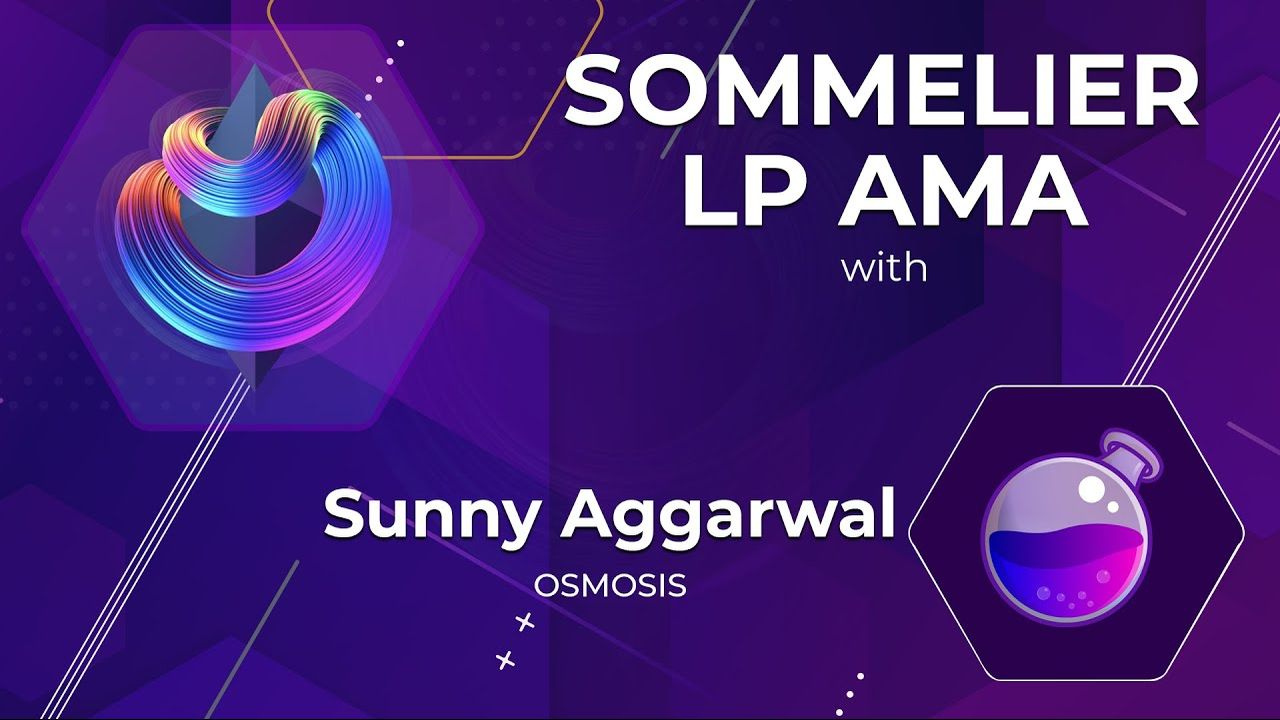
Sommelier Liquidity AMA With Sunny Aggarwal From Osmosis
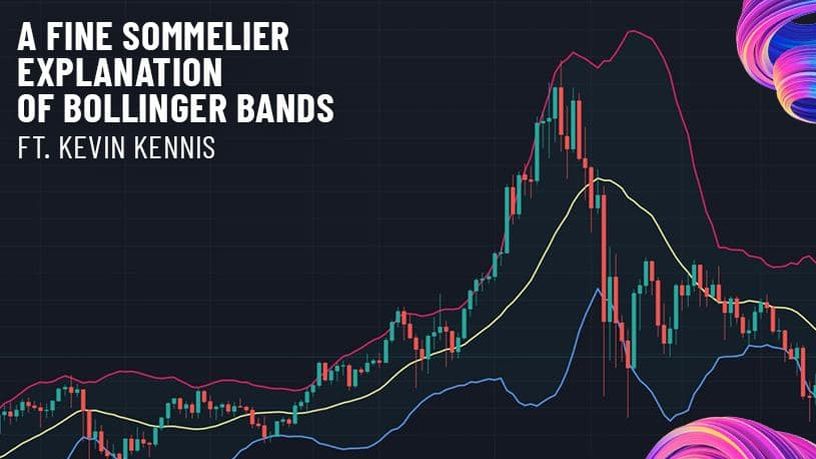
A Fine Sommelier Explanation of Bollinger Bands With Kevin Kennis

Sommelier Liquidity AMA With Mona El Isa From Enzyme

Sommelier Liquidity AMA With Haxor From Method Finance

Sommelier Liquidity AMA With Tor From Secret Network

Liquidity Provider Insights With Zaki Manian - Ep. 7 - DeFi Automation Space on Uniswap v3 and Where Sommelier’s Heading

Sommelier Liquidity AMA With Geralt From CyberFi
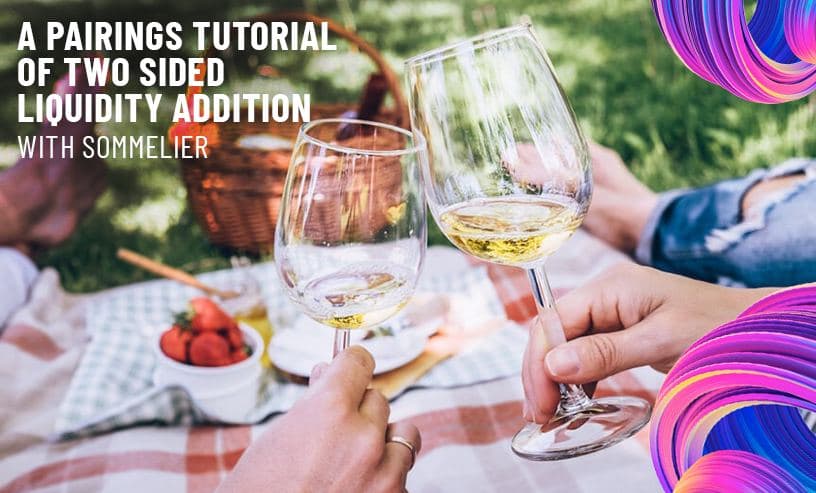
A Pairings Tutorial of Two Sided Liquidity Addition with Sommelier

Liquidity Provider Insights with Zaki Manian - Ep. 6 - Liquidity Providers Need to Gear Up for a Multi-Chain World
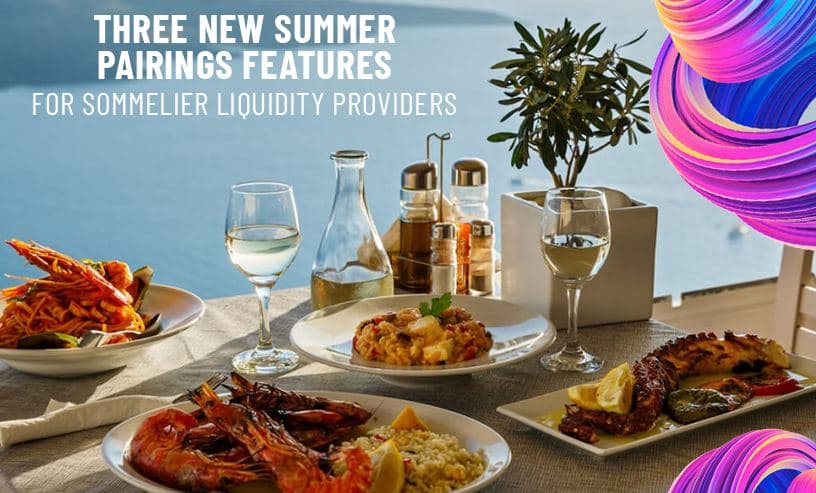
Three New Summer Features for Liquidity Providers

Sommelier Liquidity AMA with Tom C and Max W from Charm
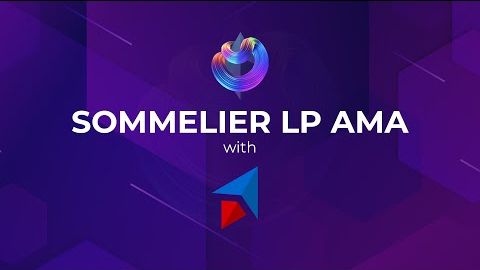
Sommelier Liquidity AMA with Dereek69 & Shalaquiana from BIOPset

Sommelier This Week - June 3rd 2021: The Road to Mainnet

Sommelier Liquidity AMA with Federico Landini from DefiLab

Sommelier Liquidity AMA with Michael Egorov from Curve
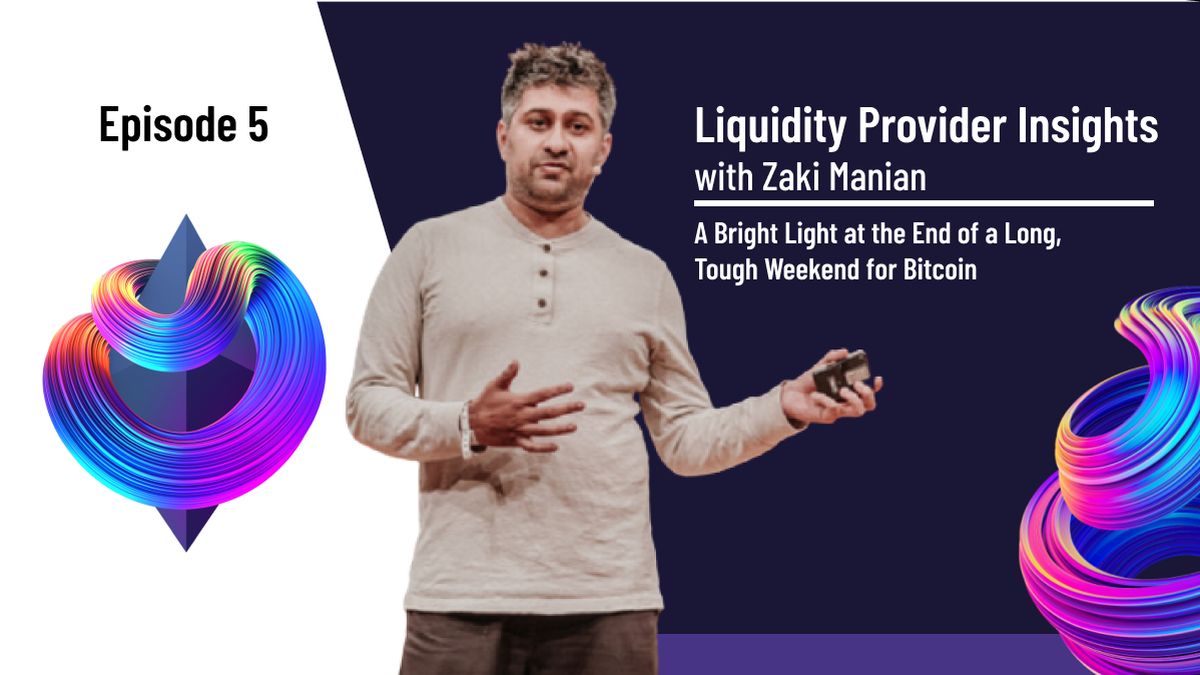
Liquidity Provider Insights with Zaki Manian - Ep. 5 - A Bright Light at the End of a Long, Tough Weekend for Bitcoin

Sommelier This Week - May 27th 2021: What Aspiring Sommelier Validators Need to Know on Last Week’s Protocol and App Progress

Liquidity Provider Insights with Zaki Manian (Special Edition) - Ep. 4 - New Pairings Release
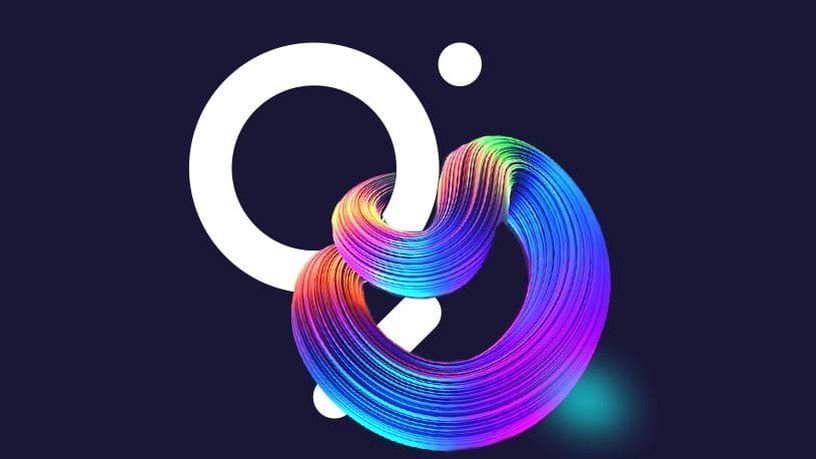
Sommelier R&D AMA With Yaniv Tal From the Graph

Sommelier Liquidity AMA with MacLane Wilkison from NuCypher
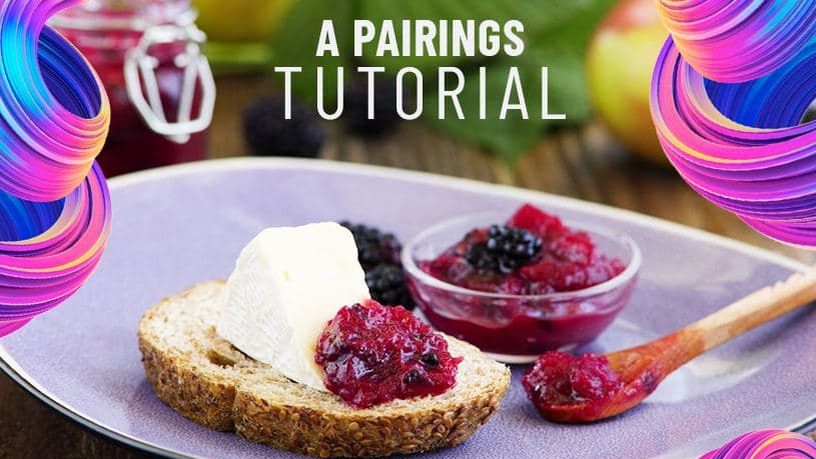
The Eight Steps to Become a Liquidity Provider with Pairings

Sommelier NFT Awards - May 18th, 2021
Pairings By Sommelier: The FAQ

Zaki Manian Breaks Down What Liquidity Providers Need to Know Under Uniswap v3

Sommelier This Week - May 6th 2021: How This Week’s Protocol and App Progress Weaves Together to Make a Product

Sommelier Liquidity AMA with Dan Thomson from InsurAce

Sommelier This Week - April 29th 2021: Weeks Away From a Taste of the Sommelier App Experience and How the Dev Team Stays on Track

Zaki Manian Breaks Down a Phase Change Liquidity Providers Need to Know About Automated Market Makers

Introducing Jehan Tremback: Sommelier Core Developer and Althea Co-Founder that pushes the Limits of the Blockchain Bridge with Gravity

Sommelier This Week - April 22nd 2021: An Inside Look at Progress on Coordinating Sommelier Components That Contribute to the Chain

Sommelier This Week - April 15th 2021: Providing a Best-in-Class Experience for Uniswap Liquidity Providers

Sommelier Announces $1M R&D Grant from The Graph Foundation
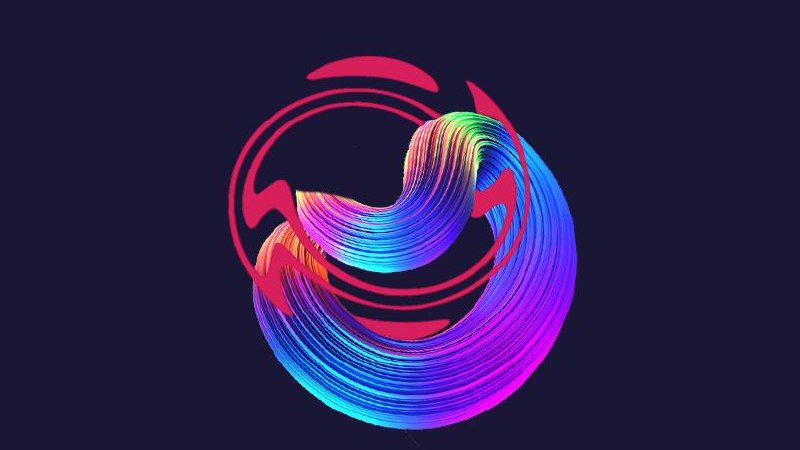
Introducing LP Rewards: This Week With Cellframe
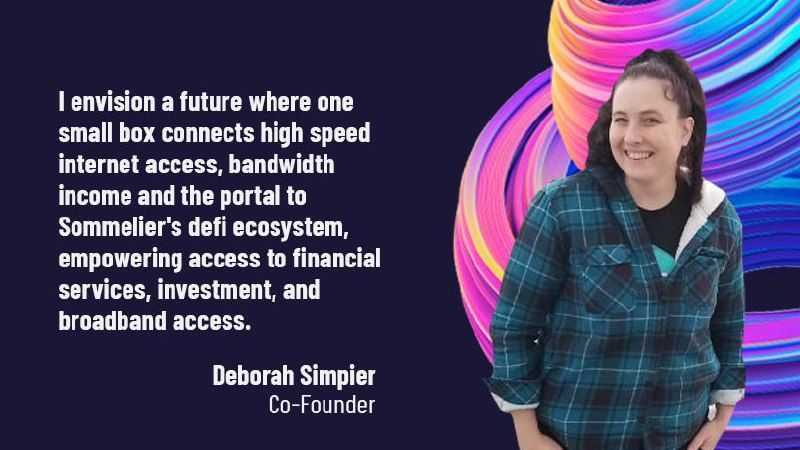
Introducing Deborah Simpier: Althea CEO and Sommelier Co-Founder Who Brought the Gravity Bridge to Life in The Cosmos

Sommelier This Week - April 8th 2021: What Uniswap v3 Means For Sommelier Architecture and Validators

Introducing Sommelier LP Rewards Program

Sommelier This Week - April 1st 2021: Gravity Bridge and Private Testnets

Blockchain startup decides to acquire a California winery and host NFT wine parties

Introducing Justin Kilpatrick: The Blockchain Bridge Wizard Who Maintains Gravity

Five Ways UniswapV3 changes the world for Liquidity Providers on the AMM

Introducing Jack Zampolin: On Becoming A Sommelier in The Cosmos

Sommelier: Welcome To The New CoProcessor For Ethereum
© 2024 Somm by Bajanss OÜ –Maakri 36-50, Tallinn, Estonia 10145